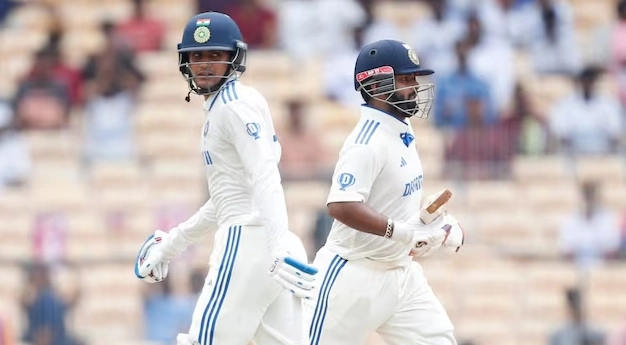
Shubman Gill. Gautam Gambhir. A new beginning. A new captain, a determined coach, some seasoned veterans, and a few new faces will strive to create an engaging narrative over the next 45 days as an evolving India faces an equally intense England in a five-Test series for the Anderson-Tendulkar Trophy starting Friday (June 20).
Only three Indian teams – Ajit Wadekar’s 1971 squad, Kapil Dev’s 1986 team, and Rahul Dravid’s 2007 group – have won a Test series in England in the last nine decades, which is not an encouraging statistic.
Additionally, India’s most dedicated long-format cricketer of the past decade, Virat Kohli, has retired from Test cricket, making the batting lineup appear slightly less experienced.
For 25-year-old Gill, this series will be a trial by fire against an England side that has revolutionised Test match batting under Brendon McCullum’s coaching and Ben Stokes’ captaincy.
Gill’s selection as India’s 37th Test captain is more about his potential than his past achievements as a batter and leader in the traditional format. The ‘Prince’ has a lot on his plate and much to prove.
An unusually warm Leeds (with a maximum temperature of 29 degrees Celsius expected on Friday) and a grassy 22-yard surface at Headingley are not exactly ideal for England’s famous ‘Bazballers’, but this series will hinge on which batting unit buckles first under pressure.
England’s batting lineup, with Joe Root boasting over 13,000 Test runs and 36 centuries, appears stronger on paper compared to India, whose most experienced batter is KL Rahul (58 Tests, 3257 runs).
However, the presence of the exceptional Jasprit Bumrah in the Indian bowling unit levels the playing field, even if he is available for only three Tests.
Despite the absence of Kohli and Rohit Sharma, who played their best Test cricket in the 2021 series, this could be India’s best chance to pressure an English bowling lineup lacking the quality that James Anderson and Stuart Broad provided for two decades.
An attack comprising Chris Woakes, Brydon Carse, Josh Tongue, and Shoaib Bashir, with skipper Stokes complementing them, does not instil fear in the opposition.
Head coach Gautam Gambhir, now the most influential figure in the Indian dressing room after Kohli and Rohit’s departure, will not want his already blemished record of six defeats to worsen. This series will be a significant test of Gambhir’s tactical skills.
With Karun Nair’s comeback appearing likely based on his presence at first slip during practice, another batting spot remains in question.
Will Gambhir field an extra batter and give the talented B Sai Sudharsan his Test debut? Or will he opt for both seam-bowling all-rounders, Nitish Reddy and Shardul Thakur, to compensate for the lack of an additional specialist batter?
There is also the temptation to play Kuldeep Yadav, who can turn the ball on any surface, but Ravindra Jadeja, despite his limitations as a left-arm spinner in SENA countries, is still a solid No. 7 batter.
Another issue is whether T20 specialist Arshdeep Singh should be chosen as the third seamer based on conditions, or if Prasidh Krishna, who bowls faster but slightly back of length, should get the nod.
Not to forget Akash Deep, who is considered an ideal partner for Bumrah and Mohammed Siraj in these conditions.
Gambhir’s decisions will undoubtedly define India’s strategy over the next six and a half weeks.
The hosts have already announced their eleven, and it is clear that Stokes and McCullum have opted for a batting-heavy lineup with Woakes coming in at No. 8.
Woakes, who has a Test century against India, is a competent batter.
However, much will depend on how Zak Crawley and Ben Duckett fare against Bumrah and Siraj, who can pose significant challenges.
Ollie Pope, who struggled against Bumrah in the last India series, knows that Jacob Bethell is waiting in the wings.
Ultimately, the Root versus Bumrah battles in three of the five matches could determine the series outcome.